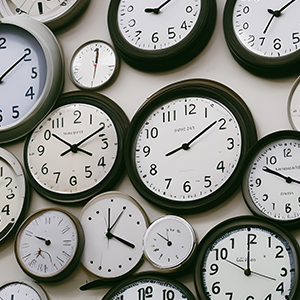Eggs have had a tumultuous journey in the realm of nutrition, often caught in the crossfire of debates concerning their health benefits versus their detrimental impact on cholesterol levels. Their status as a versatile, cost-effective source of protein has long been countered by concerns over their fat and cholesterol content. So, are eggs truly a dietary ally or an enemy to be avoided?
The controversy surrounding eggs traces back to the late 1960s when the American Heart Association (AHA) sparked a nationwide discourse by recommending limited egg consumption due to its potential link to increased cholesterol levels and, consequently, heart disease risk. This led to a decline in egg consumption and the industry’s struggles to rehabilitate its image. However, subsequent research over the years has thrown conflicting evidence into the mix, causing confusion among consumers and scientists alike.
A pivotal turn came in 2018 when a review challenged the established belief that dietary cholesterol significantly impacted heart health. Instead, the focus shifted toward saturated and trans fats as primary culprits. Yet, the seesaw of conflicting studies persisted, with a 2019 report suggesting a significant correlation between egg consumption and heightened heart disease risk.
Amidst these scientific flip-flops, a prevailing viewpoint has emerged: moderate egg consumption for most individuals appears to pose minimal risks to cholesterol levels. It’s essential to recognize that dietary nuances, such as overall diet composition and lifestyle factors, play integral roles in health outcomes.
Eggs, packed with vital nutrients like vitamins A, D, E, and various B vitamins, offer a nutrient-dense profile beneficial to overall health. They also boast minerals like selenium, molybdenum, magnesium, and heart-healthy fats, along with choline, a crucial nutrient supporting brain and nervous system functions.
Ultimately, incorporating eggs sensibly within a balanced diet—complemented by fiber-rich fruits, vegetables, and whole grains—can promote overall well-being without unduly raising cholesterol levels. The key lies in moderation and the holistic composition of one’s dietary choices.
So, crack that egg open, savor its nutritional bounty, and embrace its place within a diverse and wholesome diet regimen.






